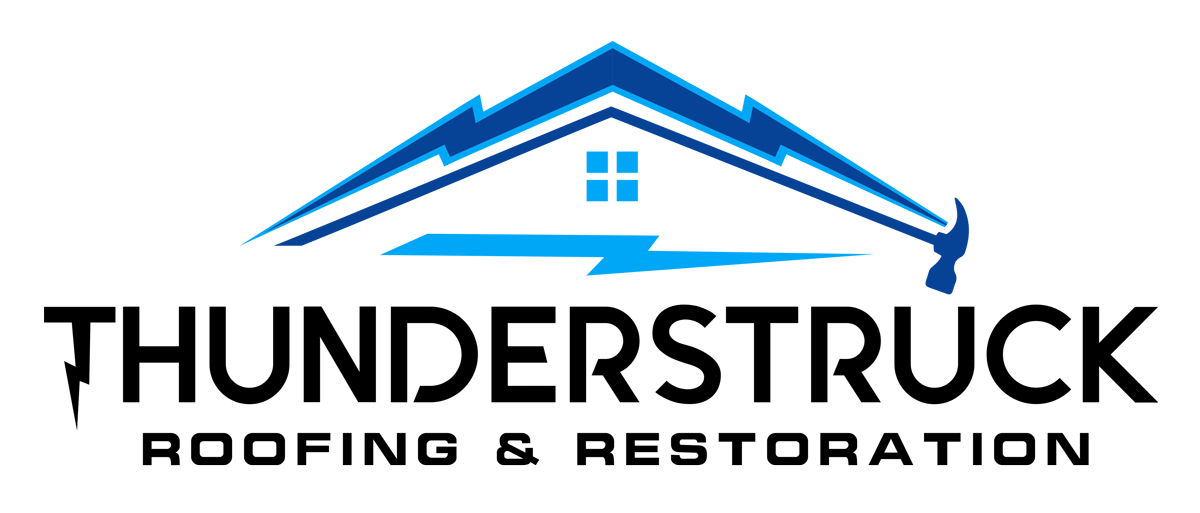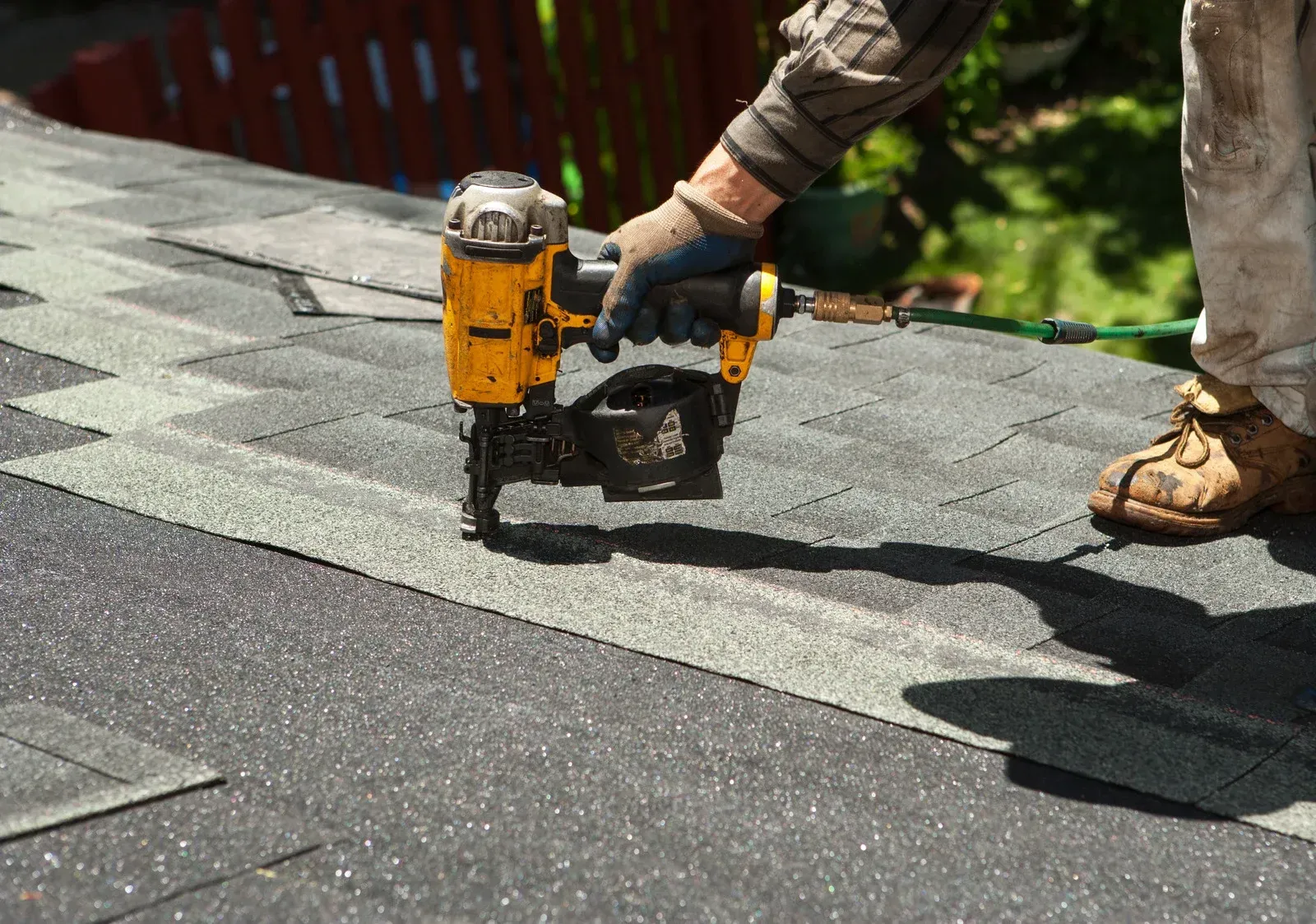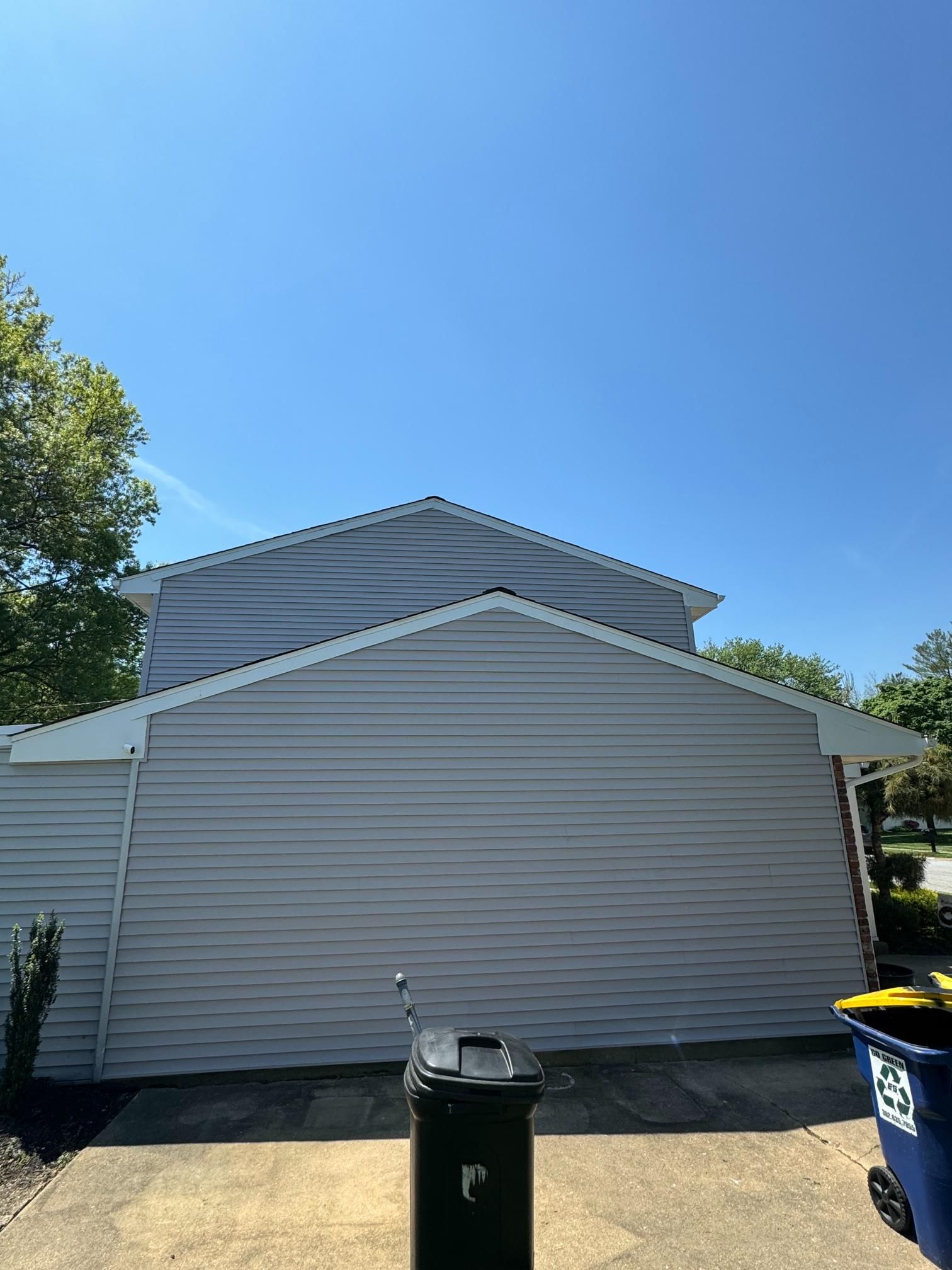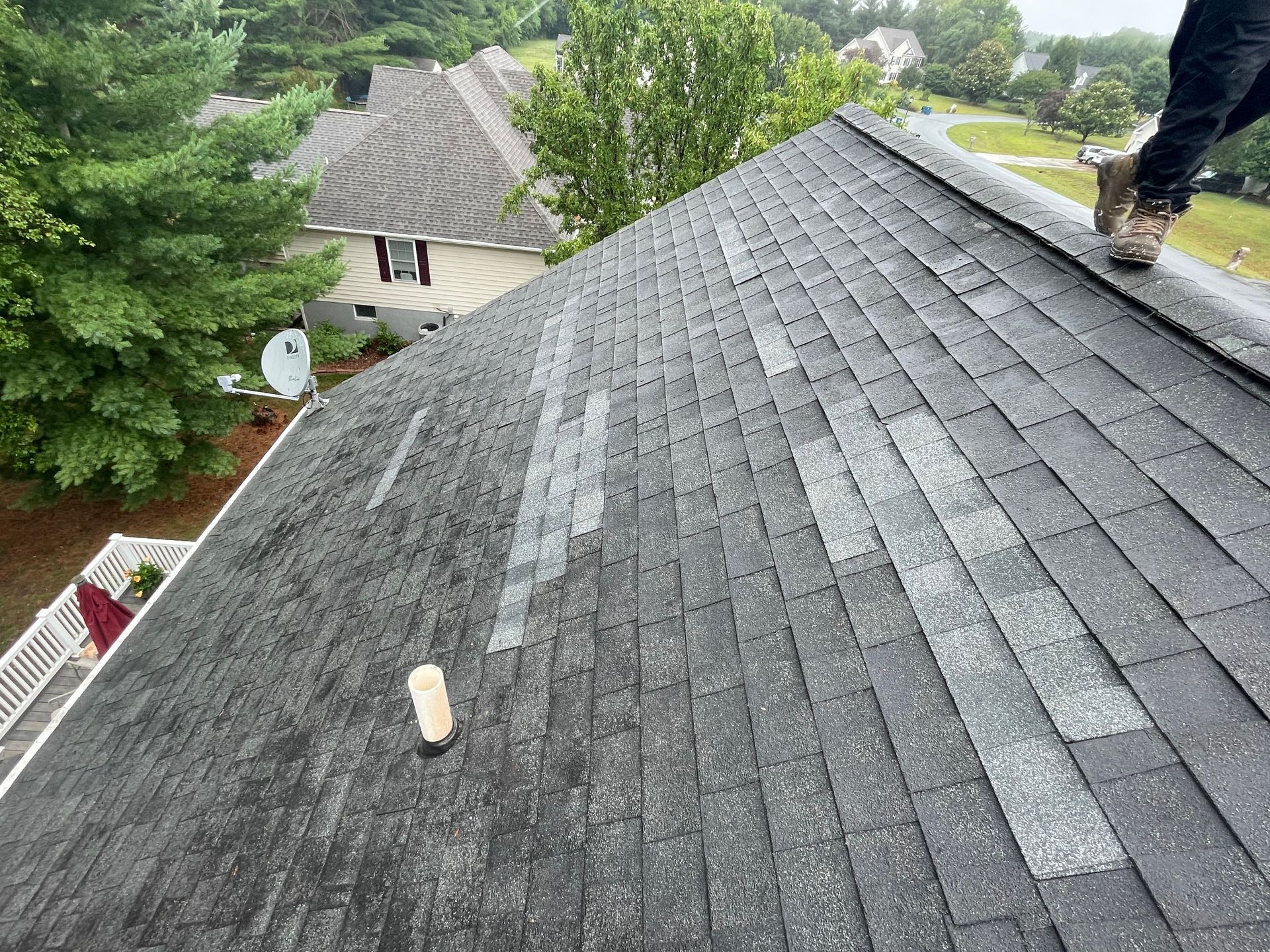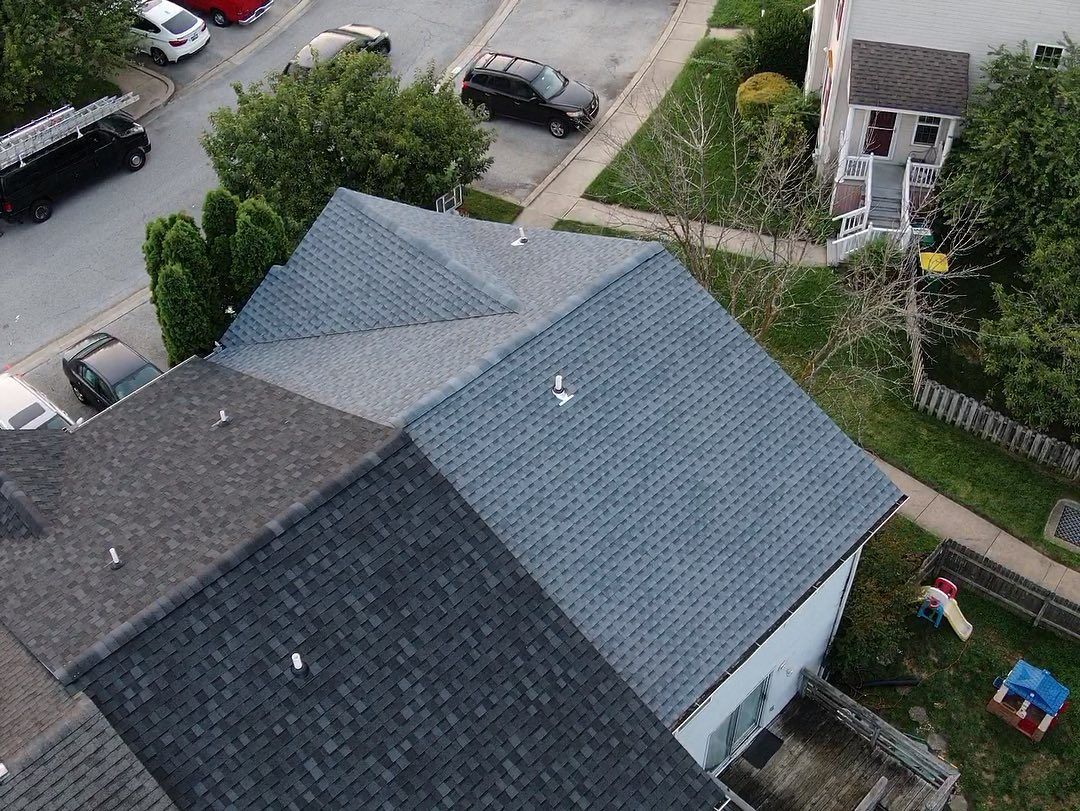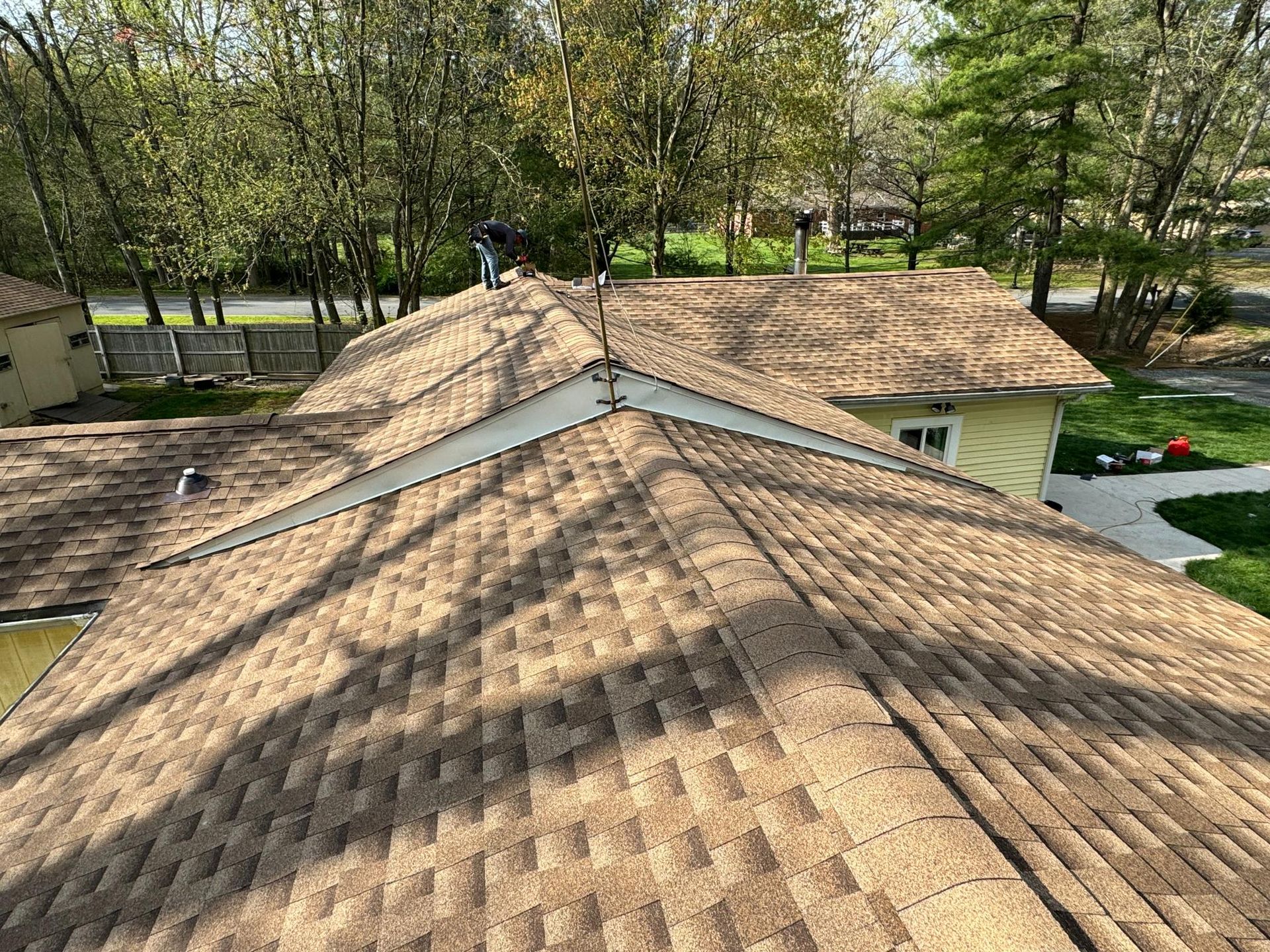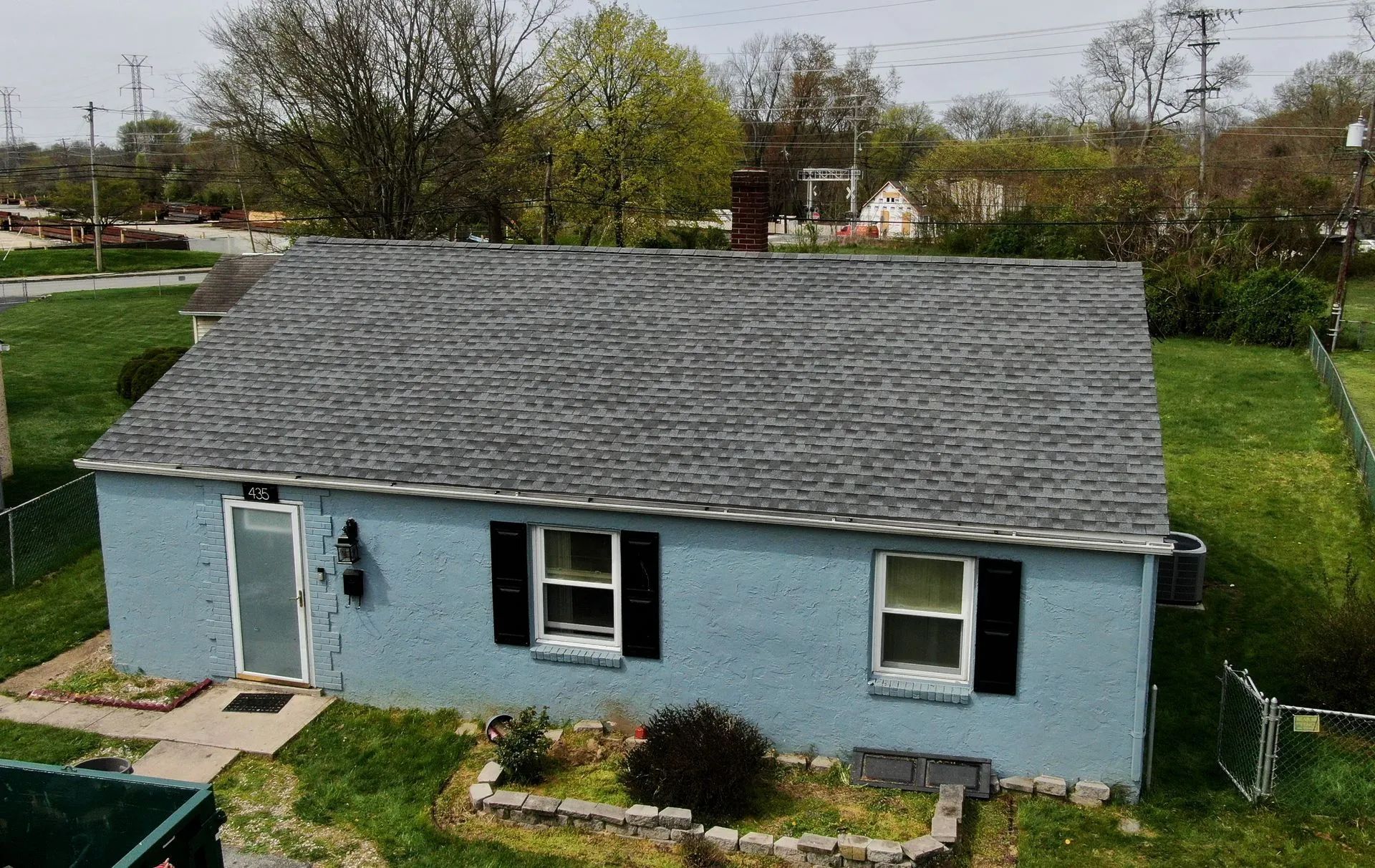Weathered but Worthy: Innovative Ideas for Storm Recovery and Restoration
The aftermath of a storm can leave homes and communities in disarray. However, with the right approach and innovative ideas, storm recovery and restoration can transform a weathered space into a resilient and revitalized area. This blog will explore creative and practical storm recovery and restoration strategies.
1. Rapid Response and Assessment
The initial step post-storm is a rapid response. Quick action can prevent further damage and accelerate the recovery process. Utilizing drone technology for aerial surveys and damage assessment allows for a faster, safer, and more comprehensive understanding of the impact, guiding the subsequent recovery steps.
2. Sustainable Reconstruction
Rebuilding offers an opportunity to incorporate sustainable practices. Utilize eco-friendly materials and construction methods that are more resilient to future storms. For instance, using reclaimed wood adds a unique aesthetic and reduces environmental impact.
3. Community-Driven Efforts
Storm recovery is not just about rebuilding structures; it's about restoring communities. Encourage community-driven efforts by organizing local clean-up and rebuilding initiatives. This not only accelerates the recovery process but also strengthens community bonds.
4. Innovative Flood Mitigation
In areas prone to flooding, innovative flood mitigation is crucial. Techniques like creating green roofs, restoring wetlands, and installing rain gardens can significantly reduce the impact of heavy rains while enhancing the local environment.
5. Mental Health Support
The psychological impact of storms is often overlooked. Providing mental health support through community workshops, counseling sessions, and support groups can help individuals and communities cope with the trauma and stress post-disaster.
6. Enhancing Emergency Preparedness
Learning from each storm is key to improving future responses. Enhance emergency preparedness by conducting regular community drills, updating evacuation plans, and ensuring that emergency supplies are readily available and well-stocked.
7. Leveraging Technology for Restoration
Leverage technology in the restoration process. Mobile apps for coordinating volunteer efforts, social media for spreading awareness and updates, and crowdfunding platforms for raising funds can significantly aid in efficient and effective recovery.
8. Restoration with an Eye on the Future
Restoration should not only focus on returning to the pre-storm state but also on preparing for the future. This means building stronger, smarter, and more adaptable to potential future storms. Implementing smart home technologies and resilient infrastructure can mitigate the effects of future weather events.
9. Fostering a Culture of Resilience
Finally, fostering a culture of resilience is essential. Educate the community about climate change and environmental stewardship. Encourage local schools, businesses, and organizations to participate in sustainability and resilience-building activities.
Conclusion
Storm recovery and restoration present an opportunity to rebuild in a way that is both restorative and forward-thinking. By employing innovative and sustainable practices, involving the community, addressing mental health needs, and preparing for future challenges, we can turn the trials of storm recovery into a testament to human resilience and ingenuity. In the face of adversity, there's a chance to emerge stronger and more united than before.
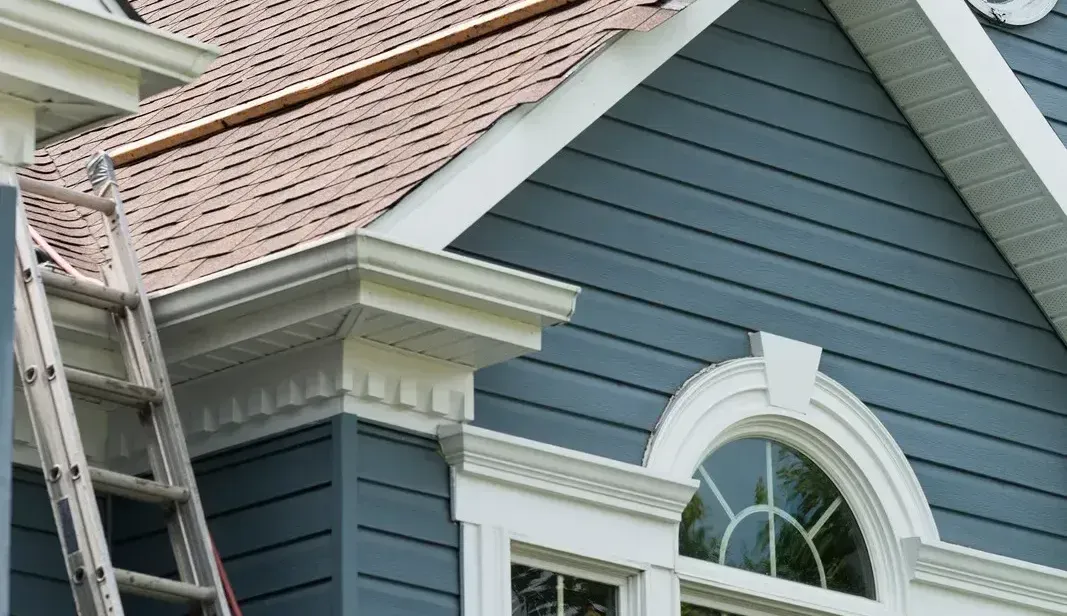
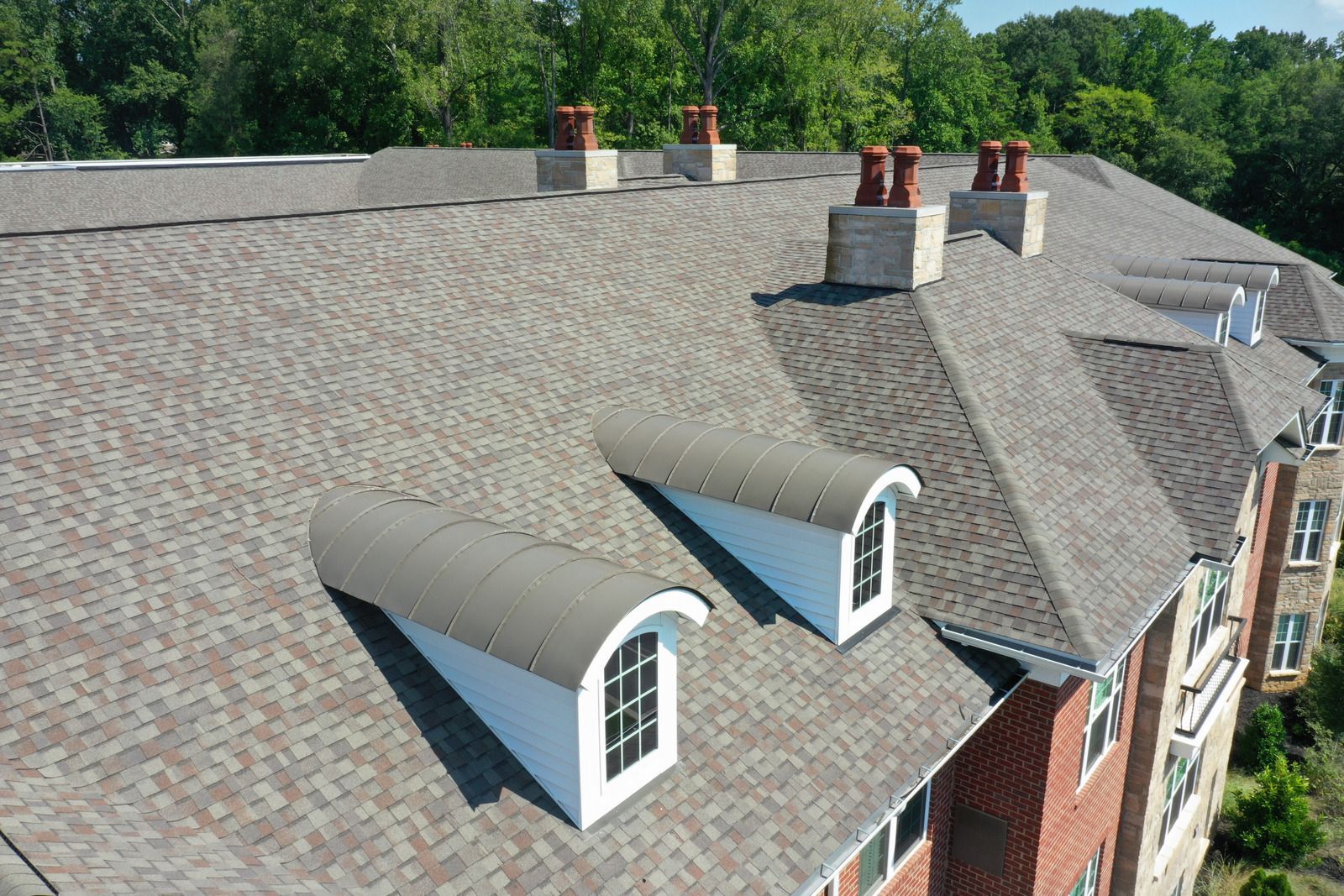


Contact Us Today
Contact Us
We will get back to you as soon as possible.
Please try again later.


Service Area
Kent, DE
New Castle, DE
Sussex County, DE
Smyrna, DE
Odessa, DE
Newark, DE
Wilmington, DE
Hockessin, DE
Kent County, DE
New Castle County, DE
West Chester, PA
Philadelphia, PA
Exton, PA
Lancaster, PA
Malvern, PA
King of Prussia, PA
Bear, DE
Hours
- Mon - Sun
- Open 24 Hours
Service Area
Hours
- Mon - Sun
- Open 24 Hours
